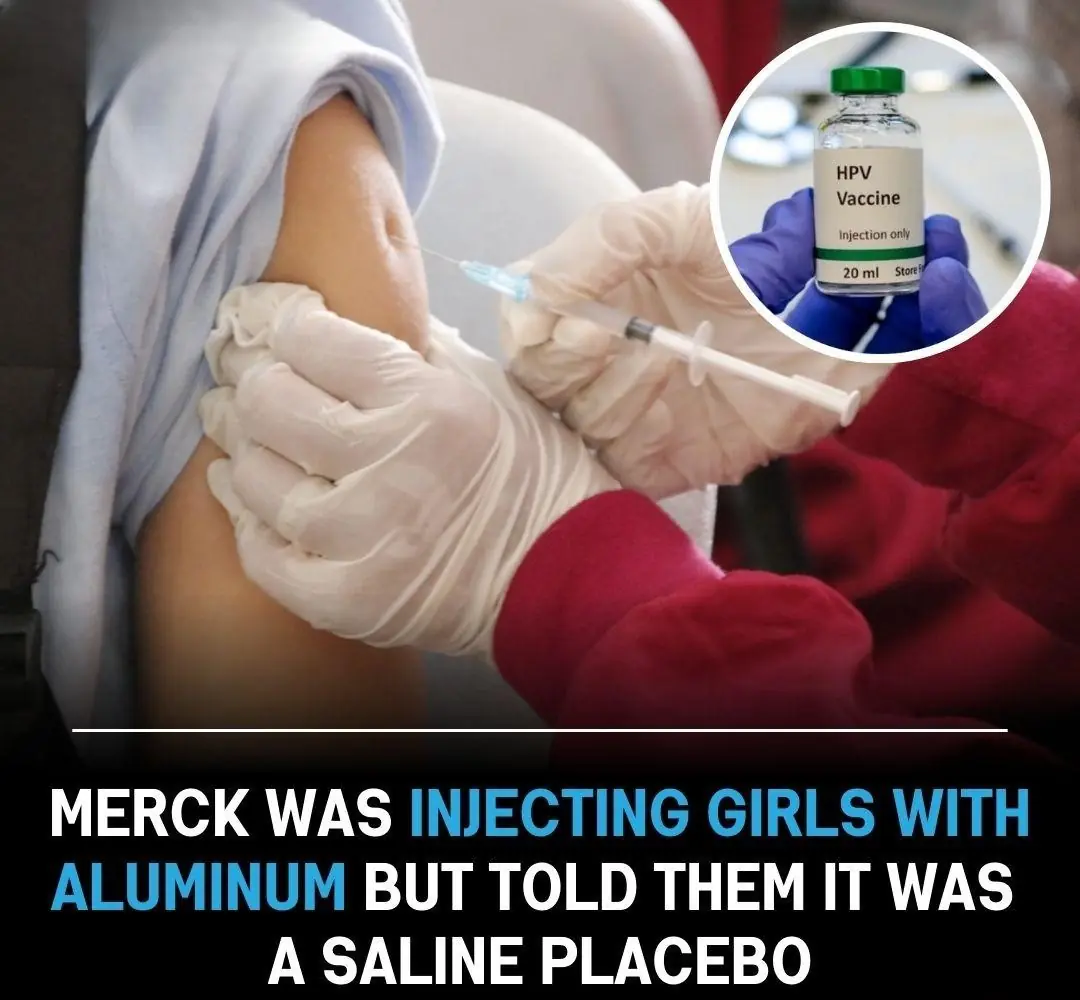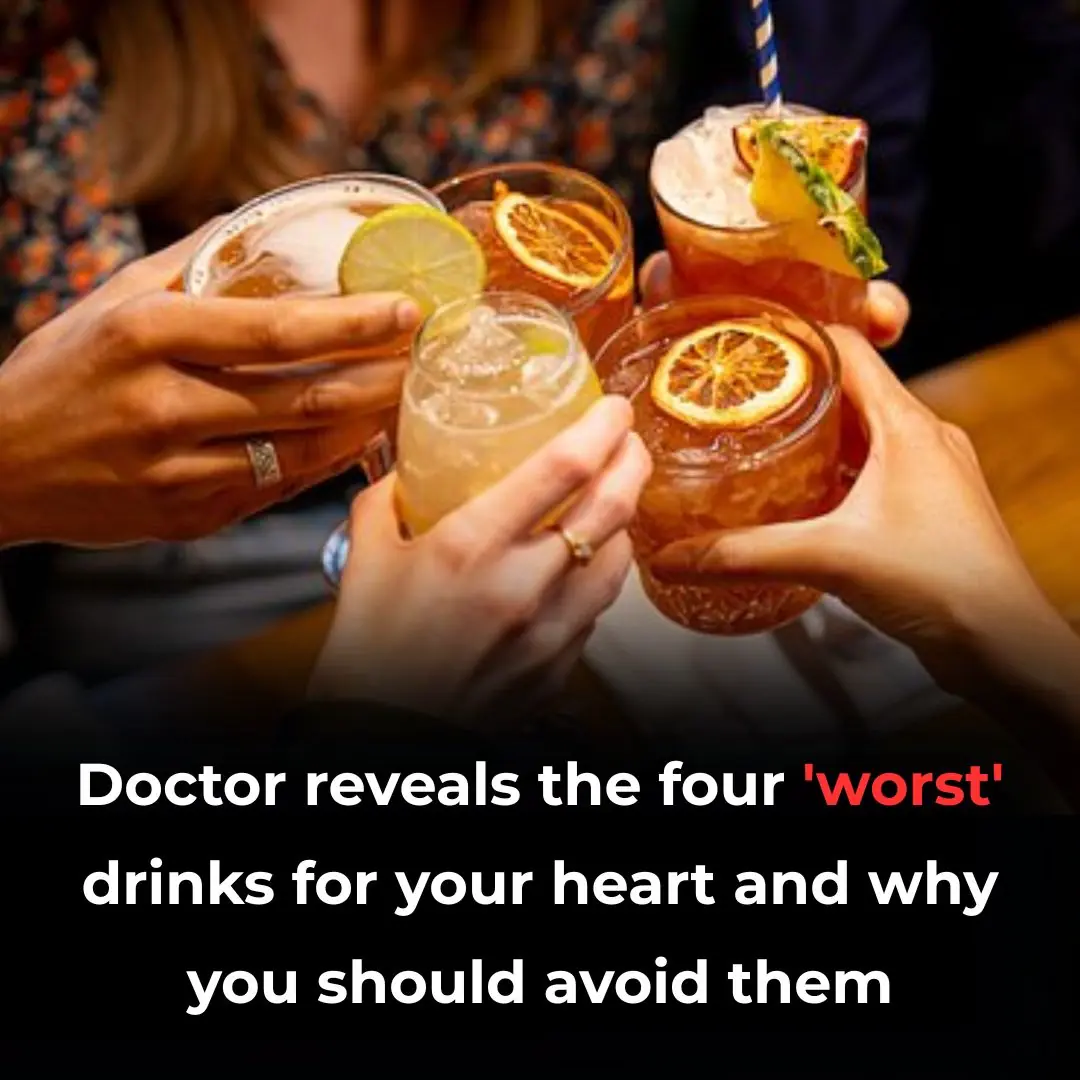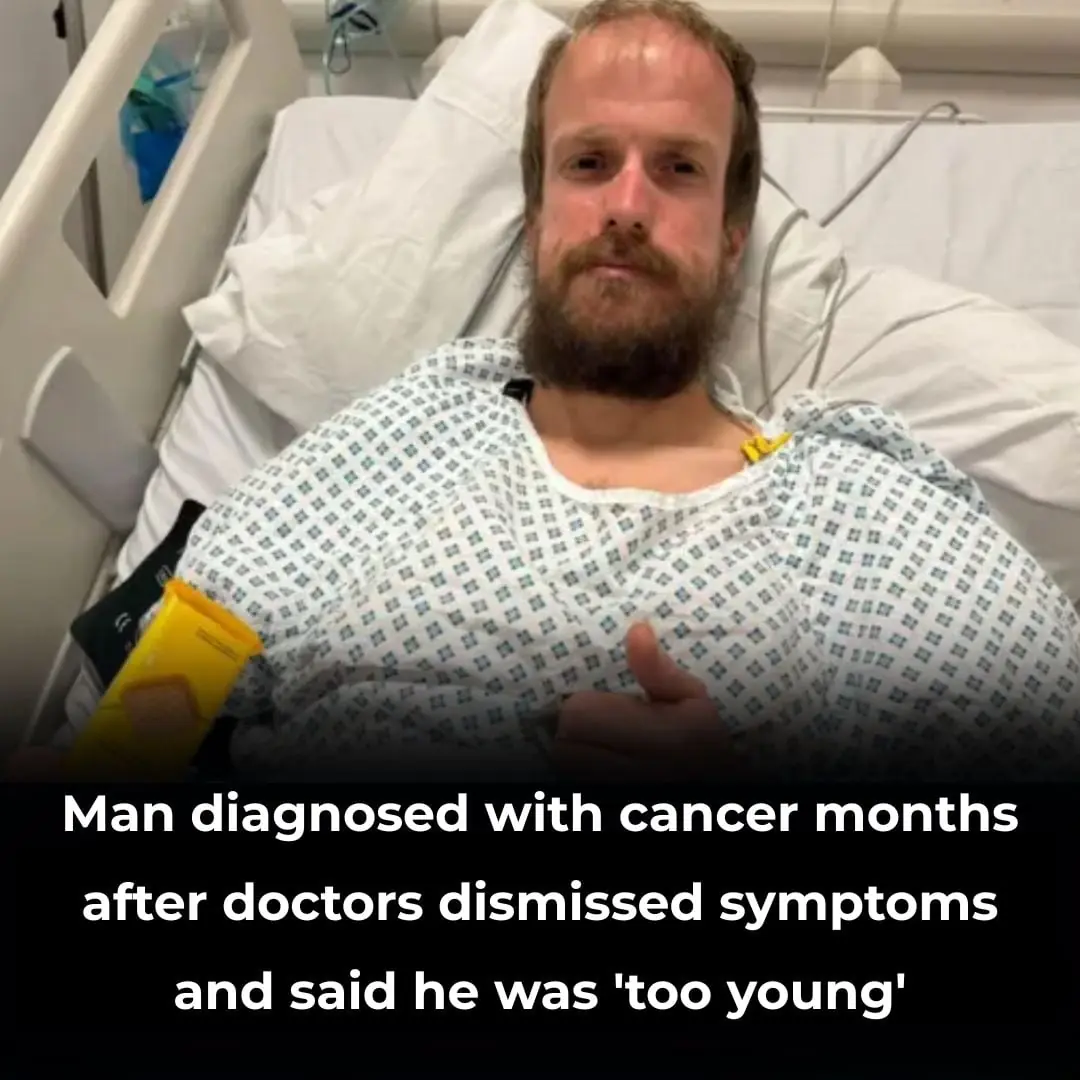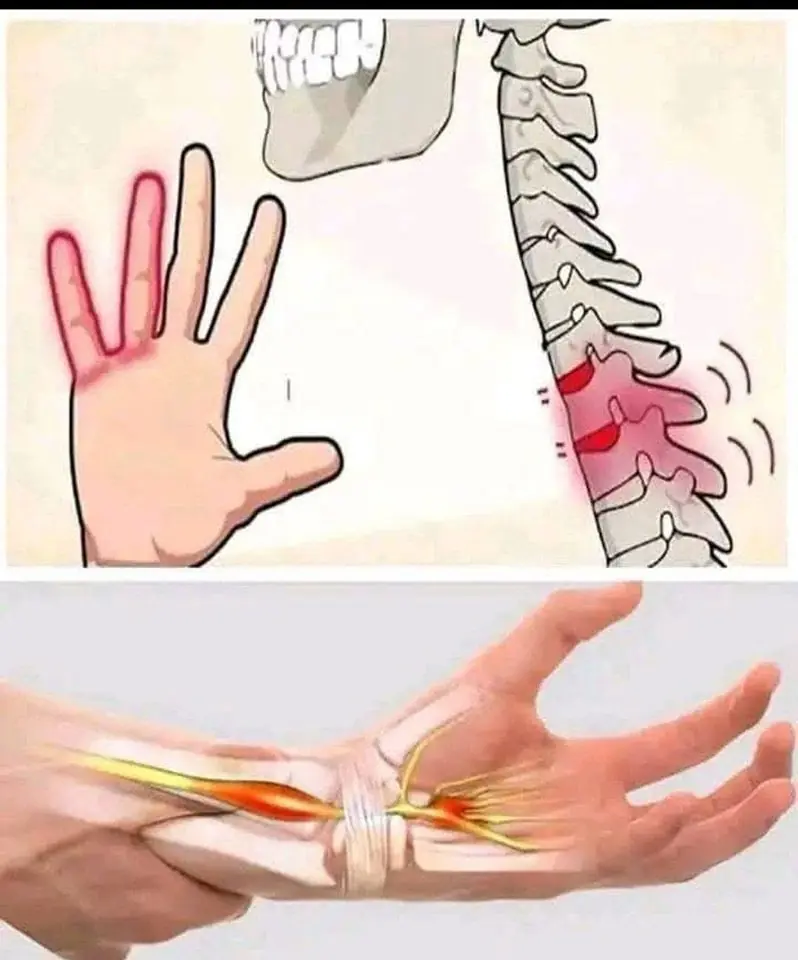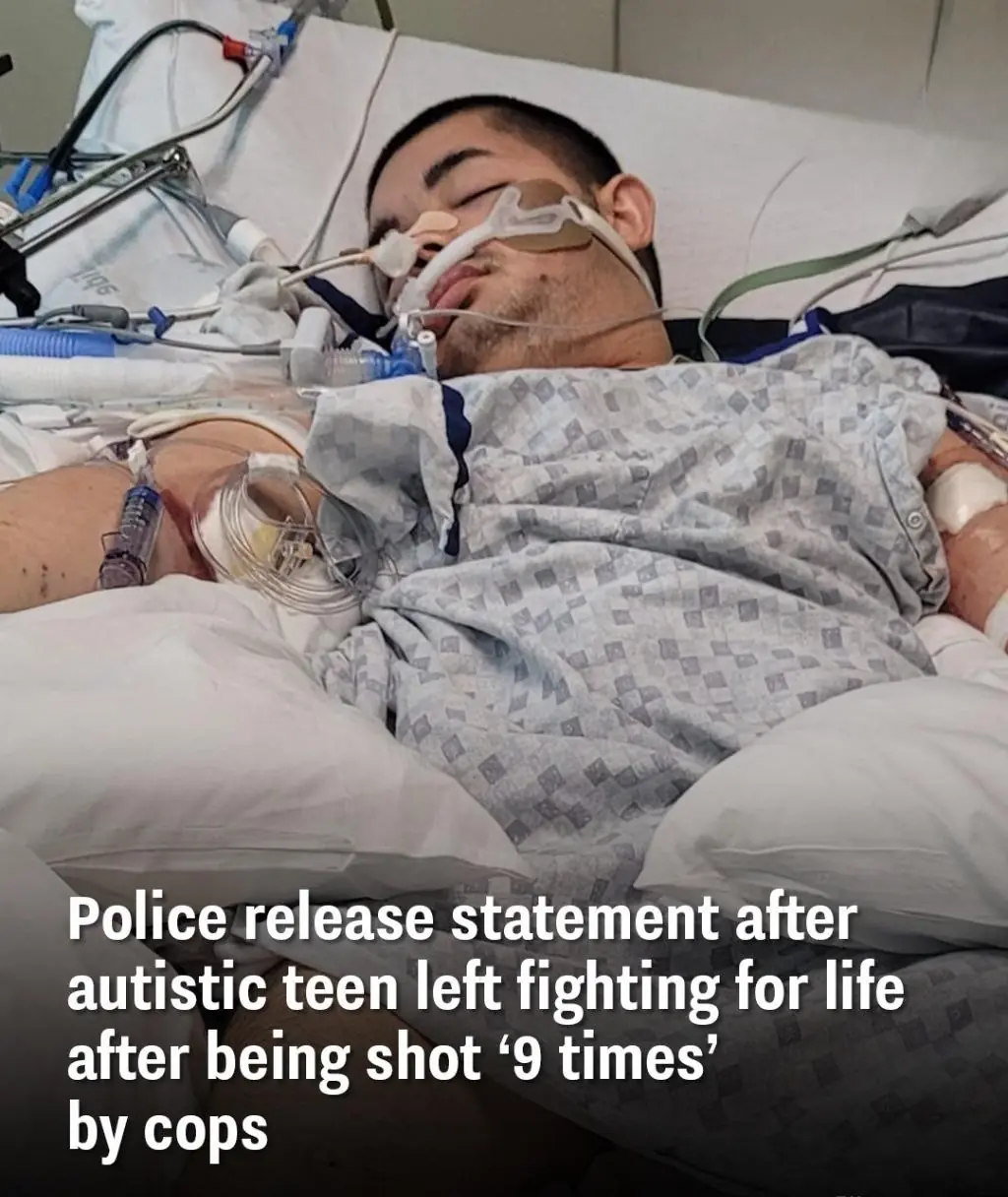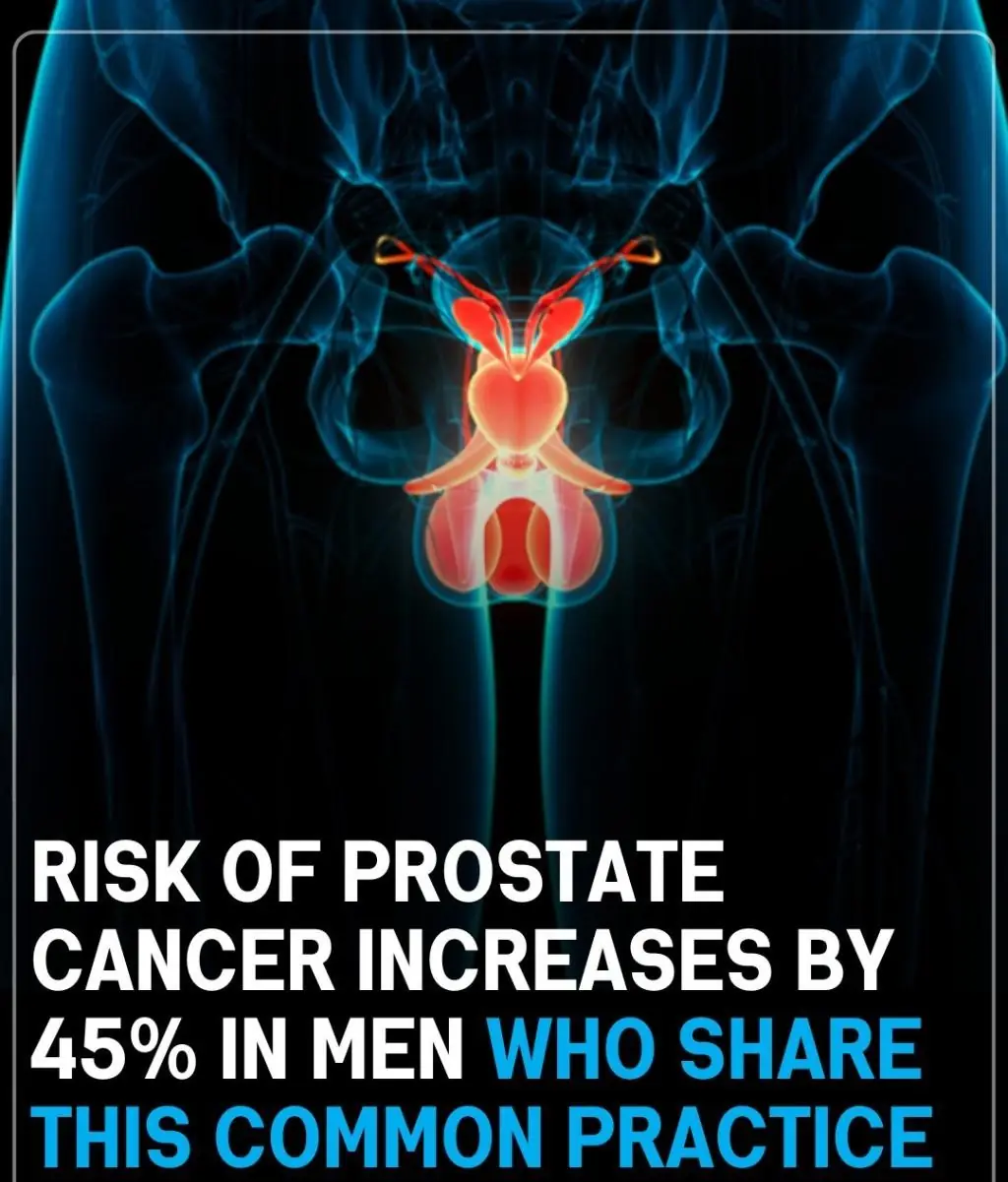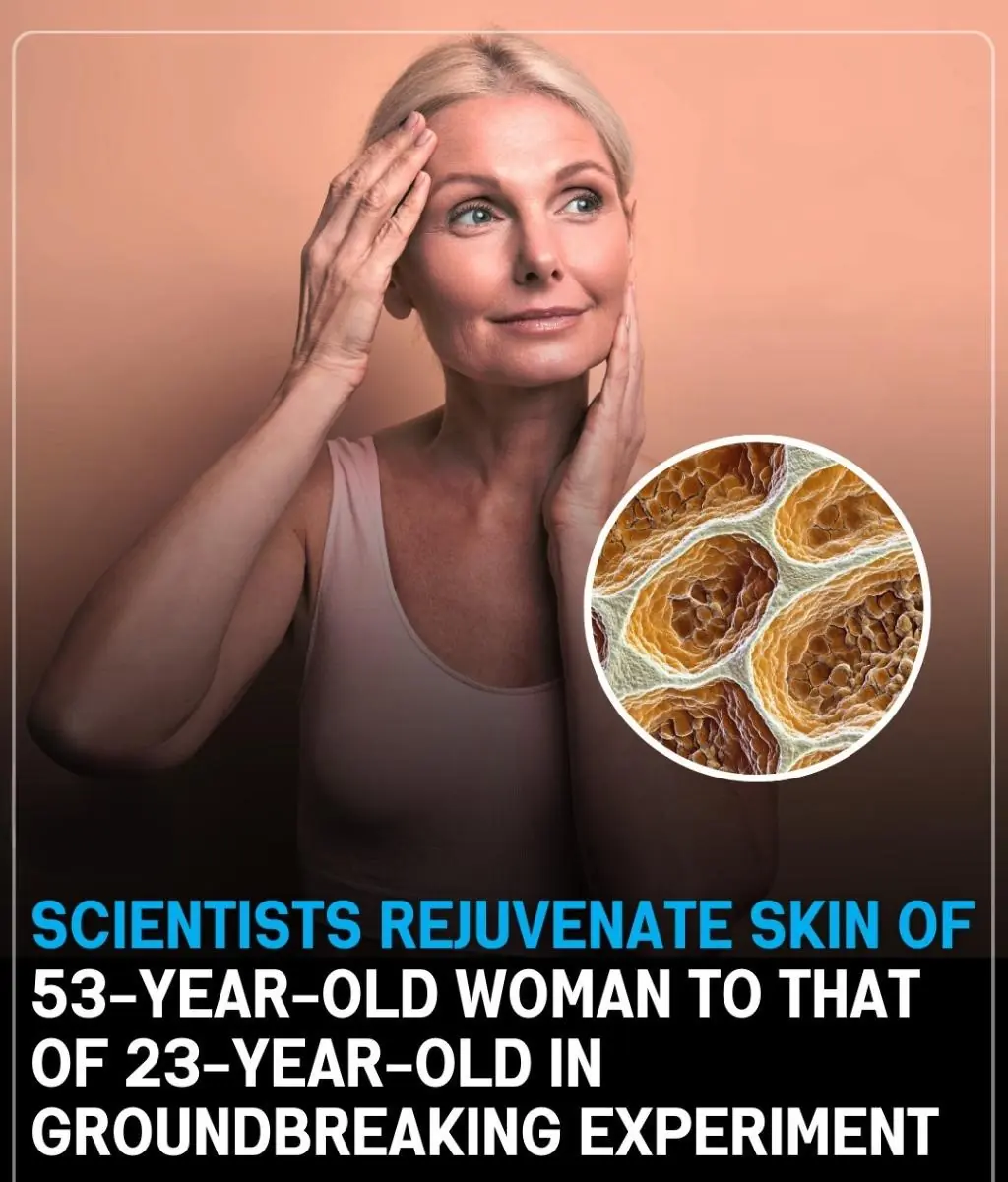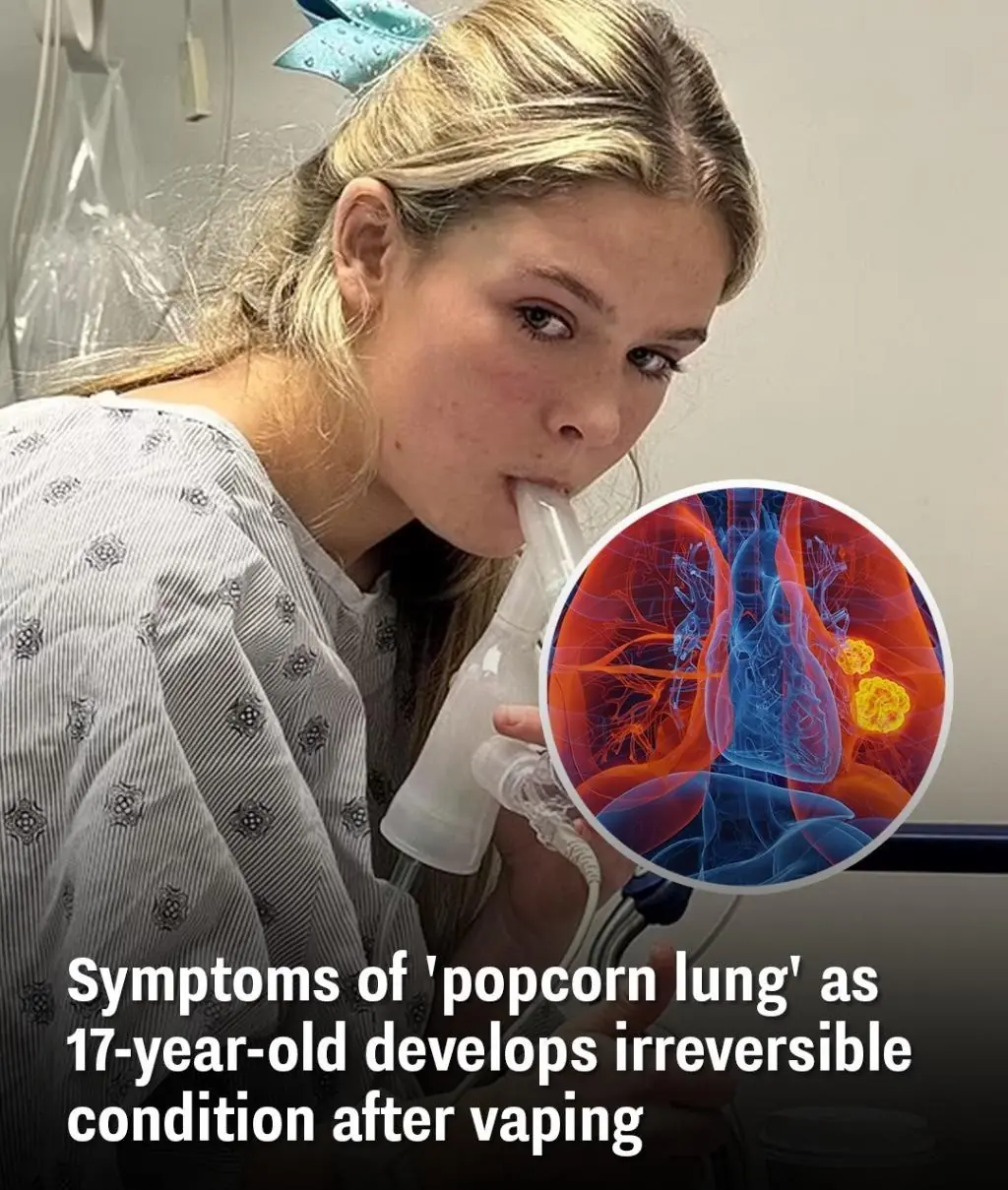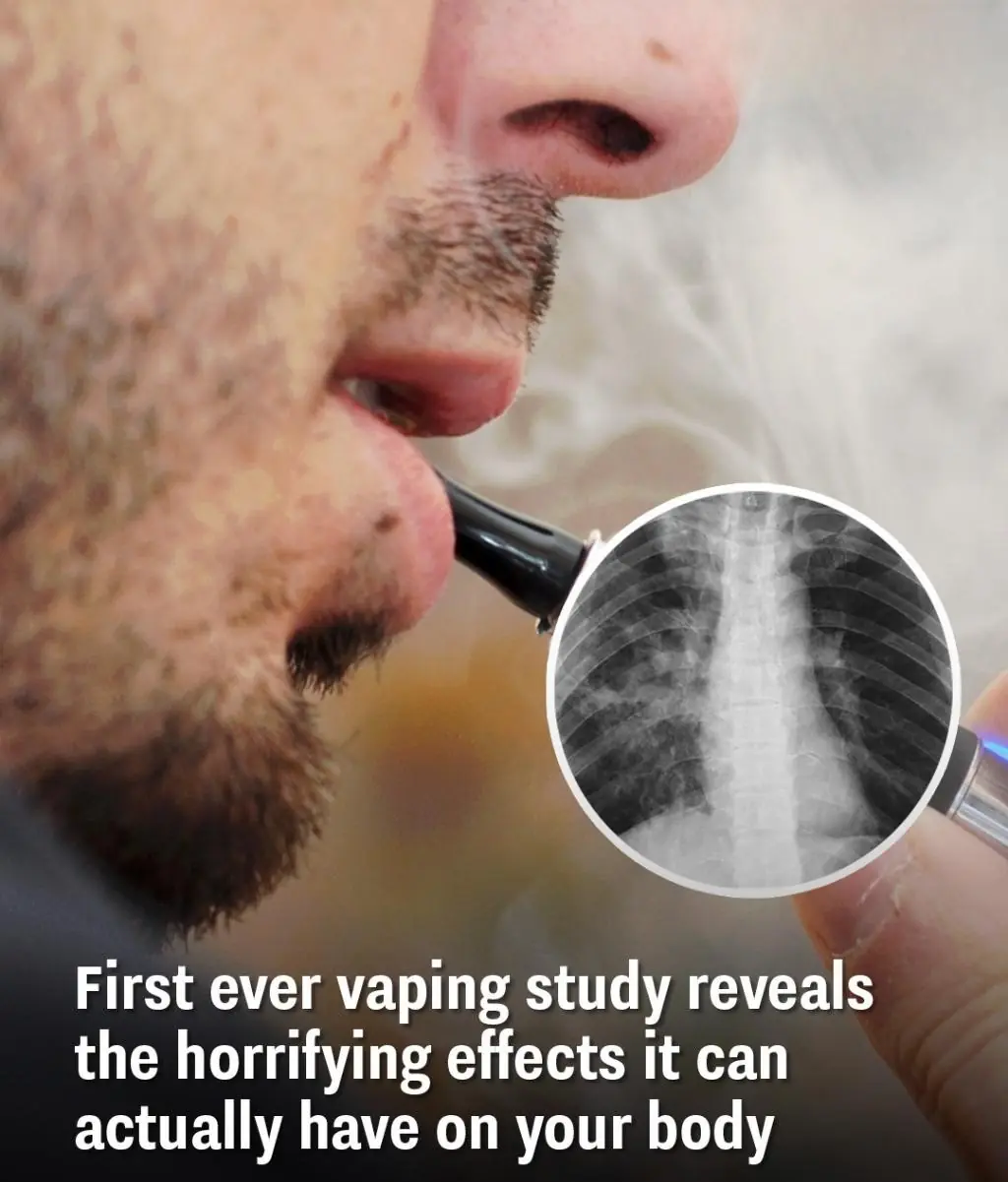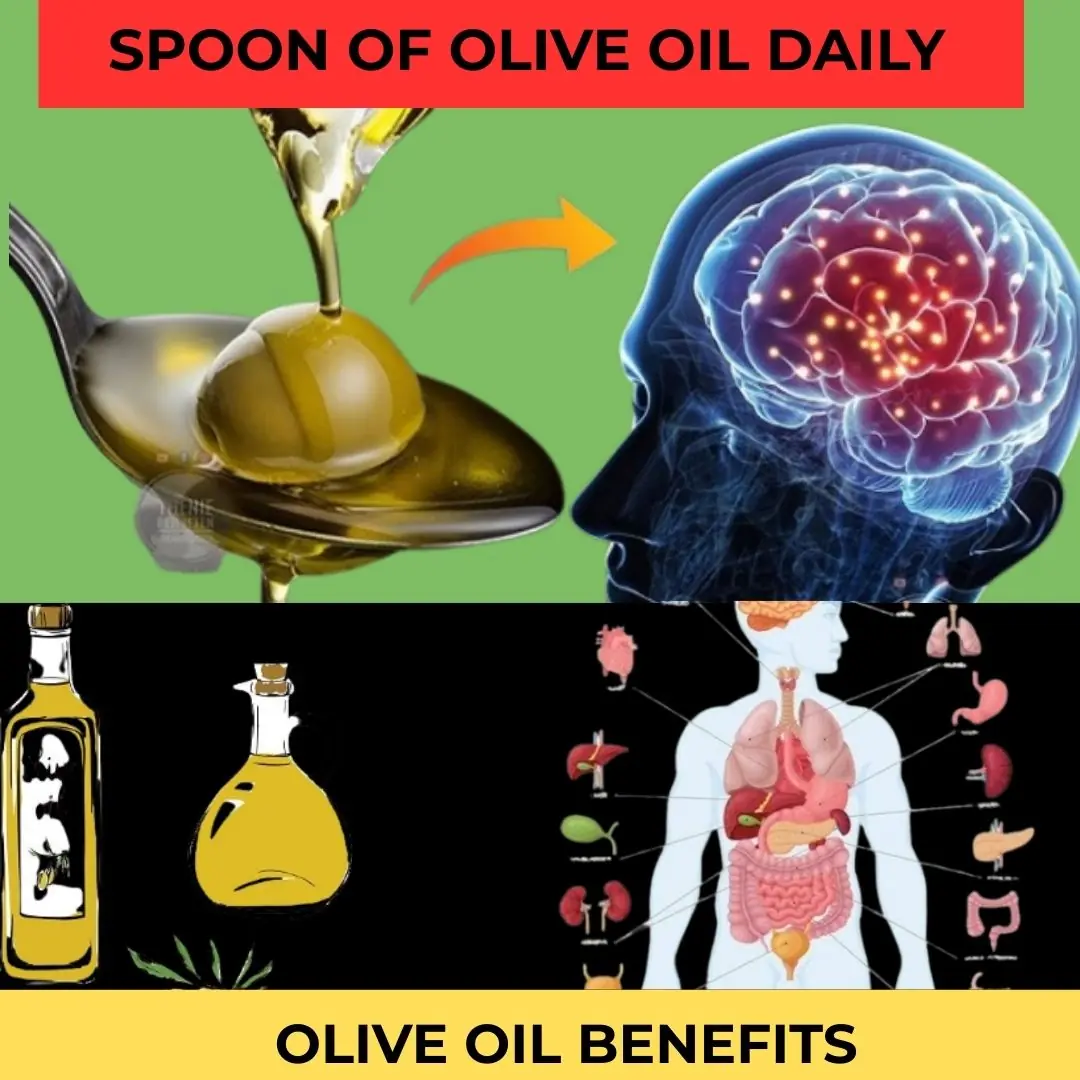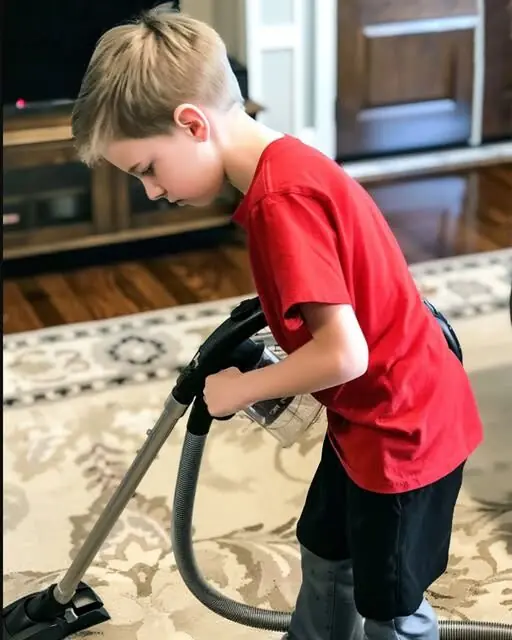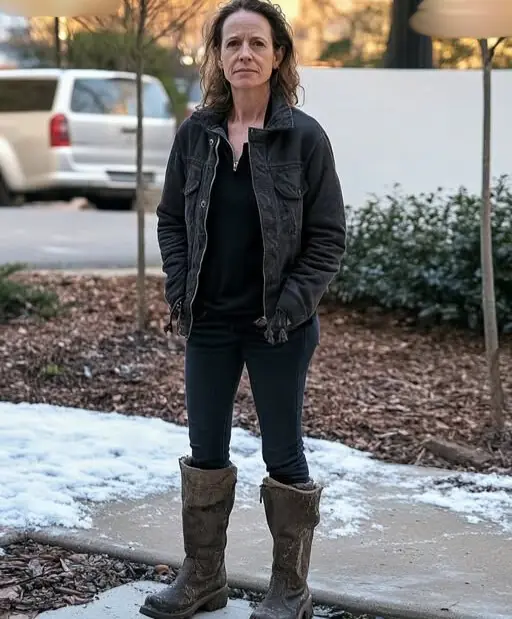Fordyce spots are one of those things most people notice but rarely understand. Have you ever spotted tiny white or yellowish bumps on your lips or genitals and wondered what they were? You’re not alone. These unexpected little dots can feel alarming at first, especially when they seem to appear out of nowhere. But take a deep breath—they’re more common and more harmless than you might think. The good news is, these spots are not a cause for concern. They have nothing to do with poor hygiene, infections, or sexually transmitted diseases (STDs). In fact, Fordyce spots are a completely normal skin feature for many people. They don’t cause pain, itching, or discomfort and usually go unnoticed unless you’re actively looking for them. Understanding what they are can help reduce unnecessary worry and make it easier to care for your skin. Getting clear information is the first step toward feeling comfortable about your body.
What Fordyce Spots Are Not

Let’s start by clearing up the confusion. Fordyce spots are not warts, herpes, pimples, or blocked pores. They are not signs of any disease, and they definitely aren’t contagious. That means you can’t catch them, spread them, or do anything wrong to cause them. It’s important not to treat them like acne or blemishes. Trying to squeeze or pick at them can irritate your skin and lead to scarring. According to the American Osteopathic College of Dermatology, Fordyce spots are considered a normal anatomical variant, not a medical issue. People often mistake them for something more serious because of their location and appearance, but unlike infections or skin conditions, they don’t spread or worsen. Most dermatologists don’t even consider them worth treating unless a person is bothered by how they look.
What Fordyce Spots Actually Are

So, what are these spots if they’re not a medical problem? Fordyce spots are simply visible oil glands that appear on hairless areas of the skin. Most often, they show up on the edges of the lips, the inside of the cheeks, and the genitals. Everyone has oil glands, or sebaceous glands, on their skin. Normally, these glands are hidden beneath hair follicles, but in areas without hair, the glands can become visible and look like small, pale bumps. These spots are named after John Addison Fordyce, a dermatologist who first described them in 1896. According to Healthline, about 70 to 80 percent of adults have them. They’re completely natural and rarely noticed unless someone is looking closely. While they may appear unusual, they don’t affect health and are just a visible version of something everyone has beneath the skin.
Why People Get Fordyce Spots

You don’t “get” Fordyce spots the way you get a rash or infection. You’re actually born with them. They just tend to become more visible during puberty when hormone levels change and oil production increases. As your sebaceous glands grow, they can push closer to the surface of the skin, which is when Fordyce spots start to show. Hormones and genetics may play a role in how noticeable they become. If your parents had visible Fordyce spots, there’s a good chance you might too. Unlike many skin conditions, Fordyce spots are not linked to lifestyle, diet, or hygiene. You can’t prevent them, and you haven’t done anything wrong to have them. They’re a normal part of your skin’s development that some people happen to see more than others.
Do Fordyce Spots Go Away?

In most cases, Fordyce spots don’t completely go away. However, they may become less noticeable over time. Changes in hormones, skin type, and age can all affect how visible they are. Some people find that their Fordyce spots fade or shrink as they get older, while others may notice them more during times of hormonal shifts like puberty or pregnancy. According to the Mayo Clinic, these spots are harmless and don’t require any medical treatment. If the bumps change in color, size, or texture, it’s always a good idea to consult a doctor, but generally, they remain stable and don’t turn into anything serious. Trying to remove them without professional help can cause irritation or damage to your skin. Most of the time, they don’t need any attention at all.
Should You Treat Fordyce Spots?

Since Fordyce spots don’t pose any health risks, most doctors advise leaving them alone. That said, some people feel self-conscious about how they look, especially if the spots are on visible areas like the lips. If you’re considering treatment, options may include laser therapy, micro-punch surgery, or special topical creams. These procedures are mostly cosmetic, and results can vary. According to WebMD, treatment isn’t guaranteed to be permanent, and the spots can return even after they appear to fade. There’s also a risk of side effects such as scarring or discoloration with certain procedures. Because the condition is benign, many dermatologists discourage treatment unless it’s for personal comfort. Any treatment should be discussed with a skin specialist who can explain the risks and benefits based on your individual needs.
When to See a Doctor

Even though Fordyce spots are harmless, it’s okay to ask a doctor about them. If you notice changes in the bumps—like itching, pain, or sudden growth—get them checked out. Some conditions can look similar to Fordyce spots, such as genital warts or cysts, so it’s best to rule those out. Seeing a dermatologist can help you make sure you’re dealing with something benign. According to the Cleveland Clinic, dermatologists are trained to recognize Fordyce spots and can quickly tell you if that’s what they are. Don’t feel awkward about bringing it up. These types of questions are common, and professionals won’t think twice about helping you get clear answers. It can be reassuring to confirm that nothing serious is going on, especially if you’re feeling unsure.
Fordyce Spots Are Normal

Fordyce spots are a normal part of many people’s skin. They don’t hurt, don’t spread, and don’t mean anything is wrong with you. Everyone has small differences in their skin, and Fordyce spots happen to be one of them. They don’t interfere with health and aren’t a problem that needs to be fixed. Understanding what Fordyce spots are can take away a lot of the unnecessary stress that people sometimes feel. They’re not a flaw or a medical issue, just something your body naturally has. If you’re ever unsure, a quick visit to a dermatologist can help confirm it, but in most cases, there’s nothing you need to do about them at all. Living with Fordyce spots doesn’t require special care or treatment, and once you know what they are, it often becomes easier to stop worrying about them. If more people talked openly about skin topics like this, it might be easier to feel comfortable in your own skin without second-guessing every bump or change. It’s helpful to remember that most people have minor things about their bodies that seem unusual but are perfectly normal.
